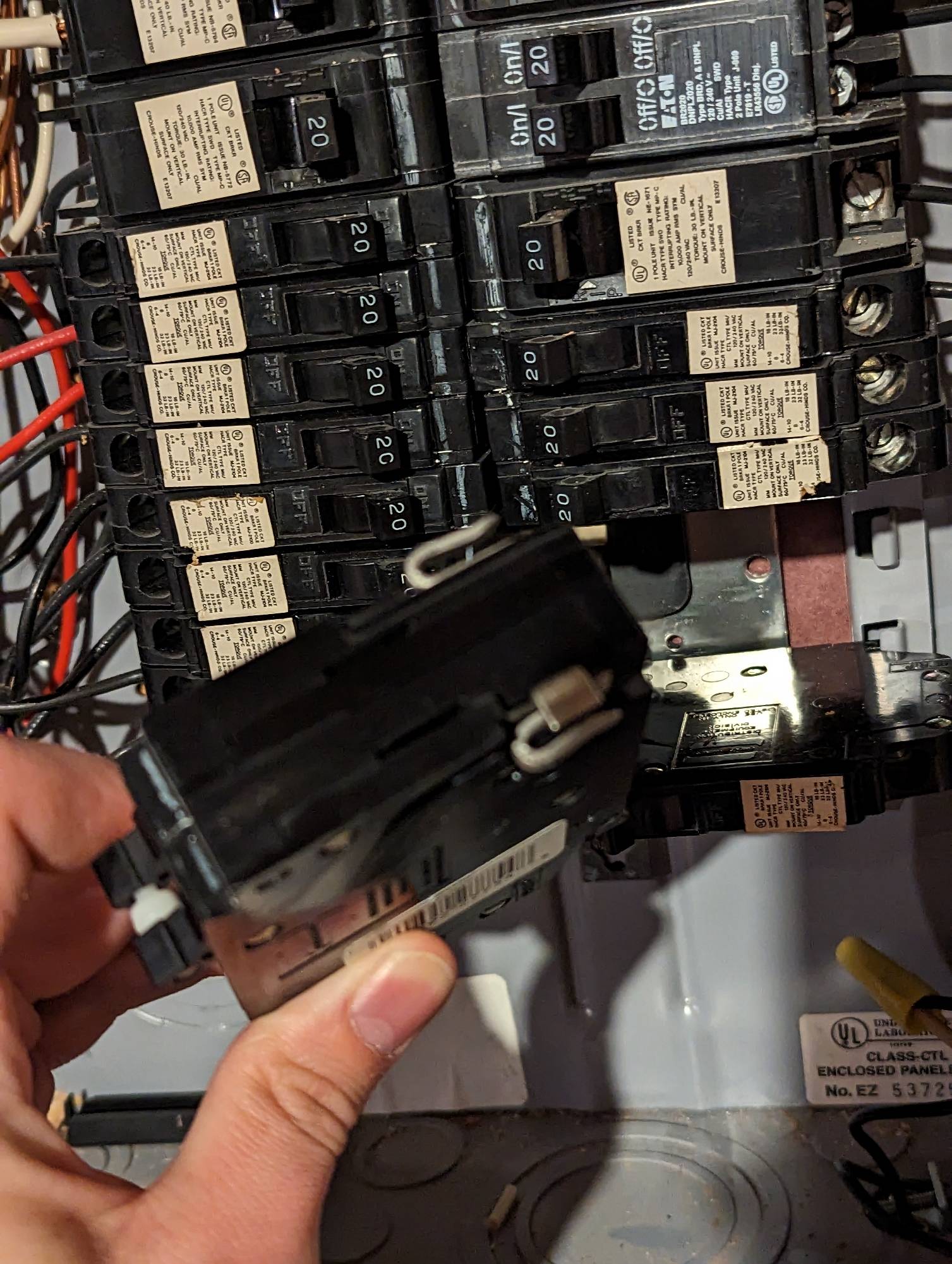The panel and breaker issues are covered elsewhere.
60A charge rate is absolutely bonkers, and is not even slightly any kind of "need". It's like range anxiety - people were driven crazy by it, then it turned out to be a nothingburger. Listen to the experts here - I'm cuing up to 28:15.
Unless the circuits in this panel are largely disused, I see no earthly way 60A is possible here... unless we "cheat" by using EVEMS or a load shed. 20A might happen depending on the NEC Article 220 Load Calculation, and that's enough for most everyone.
The NEC Article 220 Load Calculation
Unless your city offers a different formula, this is the mandatory method (well, 2 methods). Though sometimes your city offers another one. I mention that because people always want to freestyle a new method :) and they always work out in their favor :)
The results of the Load Calc will give you a number. Convert it to amps, and that + EV breaker is your limit.
Most EVSEs have a commissioning procedure using DIP switches or other method to configure the breaker size. (It then tells the car 80% of that figure as the maximum safe amps. That is how EV charging works, which catches many people off guard, since it is a rather new concept). This commissioning procedure allows an EVSE to go on any size of circuit, to be set at installation time. Read the instructions for the procedure, which is UL approved.
Note that cars and some EVSEs have a soft setting to limit amps. If you can do it from the driver's seat, or your easy chair with an app, that is not the correct procedure.
That "cheat", though
When SAE designed the J1772 EV charging system (for the fourth time), they knew a service upgrade was going to be a show-stopper for many sales. Their members are automakers, so they're in it to sell cars :) They foresaw the ability to do demand-side management, so they built the "EVSE tells the EV how much current it can take” tech in the design.
So the EVSE simply needs clamp ammeters on the supply wires to see amps in-use, and it is set with maximum safe amps. It can compute the difference and tell the EV to draw that.
When this type of UL approved system is set up, it makes the EV disappear entirely from the Load Calculation. We don't even need to run the Load Calc, really.
A blunt, ham-handed way to do the same thing is to have a dumb load shed device do the same thing, but have a huge contactor that hard-disconnects the EVSE when there is not 60A of headroom on panel load. This also means the EVSE is simply stone dead, and you cannot interact with it via notifications or an app. This old tech is suitable for hot tubs, water heaters, and other "dumb" storage loads, preferably not an inductive load like a car charger, which will kick big voltage spikes and degrade contactors. But makers of these products have been quick to slap EVEMS labels on them, even though they are old tech.
EVs have a shutdown procedure. It only takes a few milliseconds, but it involves the EV suspending charge using silicon switching, and only then contactors opening. This spares the contactors from arc damage.






